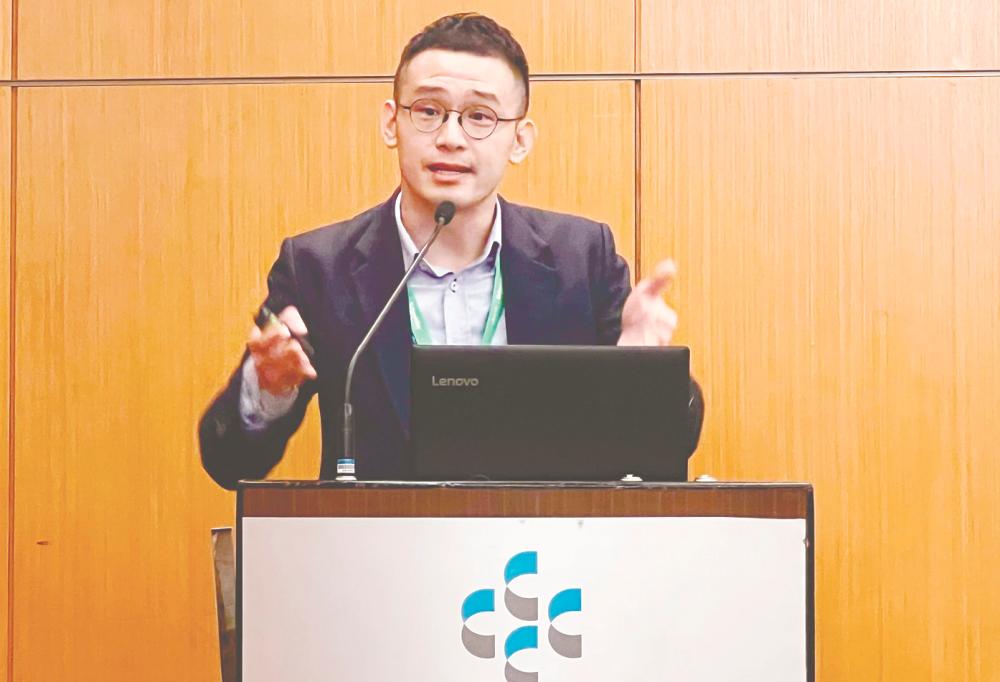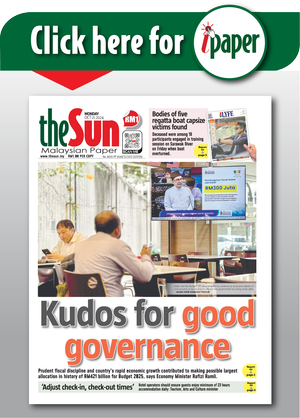KUALA LUMPUR: Owners of older properties must prioritise retrofitting their buildings to lower carbon emissions, said Schneider Electric Malaysia country president Eugene Quah.
With half of today’s buildings expected to remain in use by 2050, he said, owners of older properties must emphasise retrofitting efforts and replace outdated systems as they consume excessive energy and contribute to carbon emissions.
“Technology-focused retrofits that rely on modern digital and power management solutions, can cut life-cycle carbon emissions by as much as 83% and reduce usage of energy in buildings by 50%,” he said at Schneider Electric Innovation Day Kuala Lumpur 2024, held at Kuala Lumpur Convention Centre on Tuesday.
He said the building sector is by far the largest emitter of global greenhouse gases, accounting for 37% of the overall CO2 emissions.
“About 70% of the total CO2 emissions from buildings comes from ‘operational carbon’ that is produced by the building in use, including from lighting, cooling, and energy,” he noted
Quah suggested retrofitting aging buildings with advanced technologies that attract better tenants and increase property values, on top of extending their lifespan with more sustainable growth.
He said one of the critical elements of this building modernisation effort is upgrading older Building Management Systems (BMS).
“Outdated BMSs pose serious risks, compromising the efficiency and safety of buildings and jeopardising business continuity. Today’s advanced BMS can future-proof a facility and meet the industry’s evolving demands, including efficiency, sustainability, health, comfort, and enhanced technical capabilities like loT, cloud computing, Al, and analytics.
“These advancements offer deeper insights and allow for more precise control at the room level, rather than just providing an overall view of an entire floor,” said Quah.
He remarked that building owners can leverage analytics monitoring software to enhance their BMS’s operational performance, enabling remote and proactive building maintenance.
Furthermore, Quah said, the current pace of decarbonisation is insufficient to meet the net-zero targets by 2050, and challenges remain in advancing energy management and efficiency into the very fabric of business operations.
“A report from PwC revealed that Malaysia’s decarbonisation rate is progressing at just 2.5% annually, far below the 7.2% needed to meet the Paris Agreement’s nationally determined contributions.
“At Schneider Electric, we are dedicated to helping businesses drive the transition to intelligent infrastructure that supports Malaysia’s sustainable development goals.
“We have identified three important steps; strategise, digitise, and decarbonise-with ten associated priorities that help building owners to bridge their net-zero ambition and efforts in decarbonising and futureproofing their buildings and its systems,” he added.









